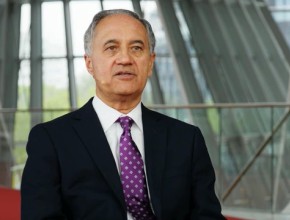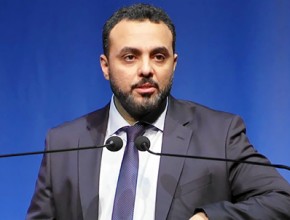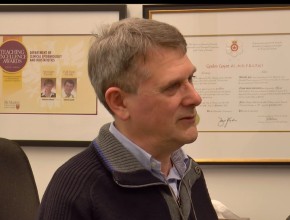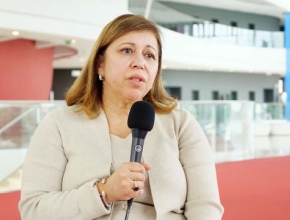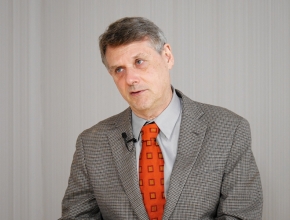How has the development of clinical practice guidelines changed in recent years? What are the most important factors in this process that make it possible to produce relevant, useful, and unbiased documents?
Gordon Guyatt: I would say in the last decade there has been a revolution in clinical practice guidelines and we are now much more aware of what is necessary to have a trustworthy guideline.
The traditional approach to practice guidelines has been labelled as GOBSAT. GOBSAT means good old boys sitting around a table. That was the traditional approach to guidelines. Now at every step of guidelines we have ways of doing it to make it more trustworthy. Panels now include not only experts but methodologists, people like me, who can help the experts to interpret and understand the information, frontline clinicians who have an understanding of what it is to practice and what is going to happen in practice, and patients as well. We have these different constituencies.
Another key thing is the awareness of conflict of interest. Previously conflict of interest was either ignored, or if anything happened, there would be just a declaration of conflicts and then nobody would pay any attention to it. Now typically when guidelines are done well, those with conflict are excluded from participation in recommendations for which they are conflicted. We have also recognized the previous focus was exclusively on financial conflict of interest. We also have nonfinancial conflict of interest, intellectual and professional, that can influence people’s judgment.
Previously systematic summaries of the evidence did not necessarily inform guidelines. Nowadays for trustworthy guidelines we have systematic reviews that provide high-quality evidence or the best evidence available to inform the guideline.
And since, as I said earlier in this conversation [see EBM today], values and preferences are key, guidelines now actually look into what the evidence is about patient values and preferences and at the very least make explicit the underlying values and preferences.
Finally, guidelines that are optimal will state whether recommendations are strong or weak and the quality of the evidence on which this is based.
There is a whole series of steps, safeguards, that we now do to move away from the GOBSAT model and to actually have trustworthy guidelines.
 English
English
 Español
Español
 українська
українська

